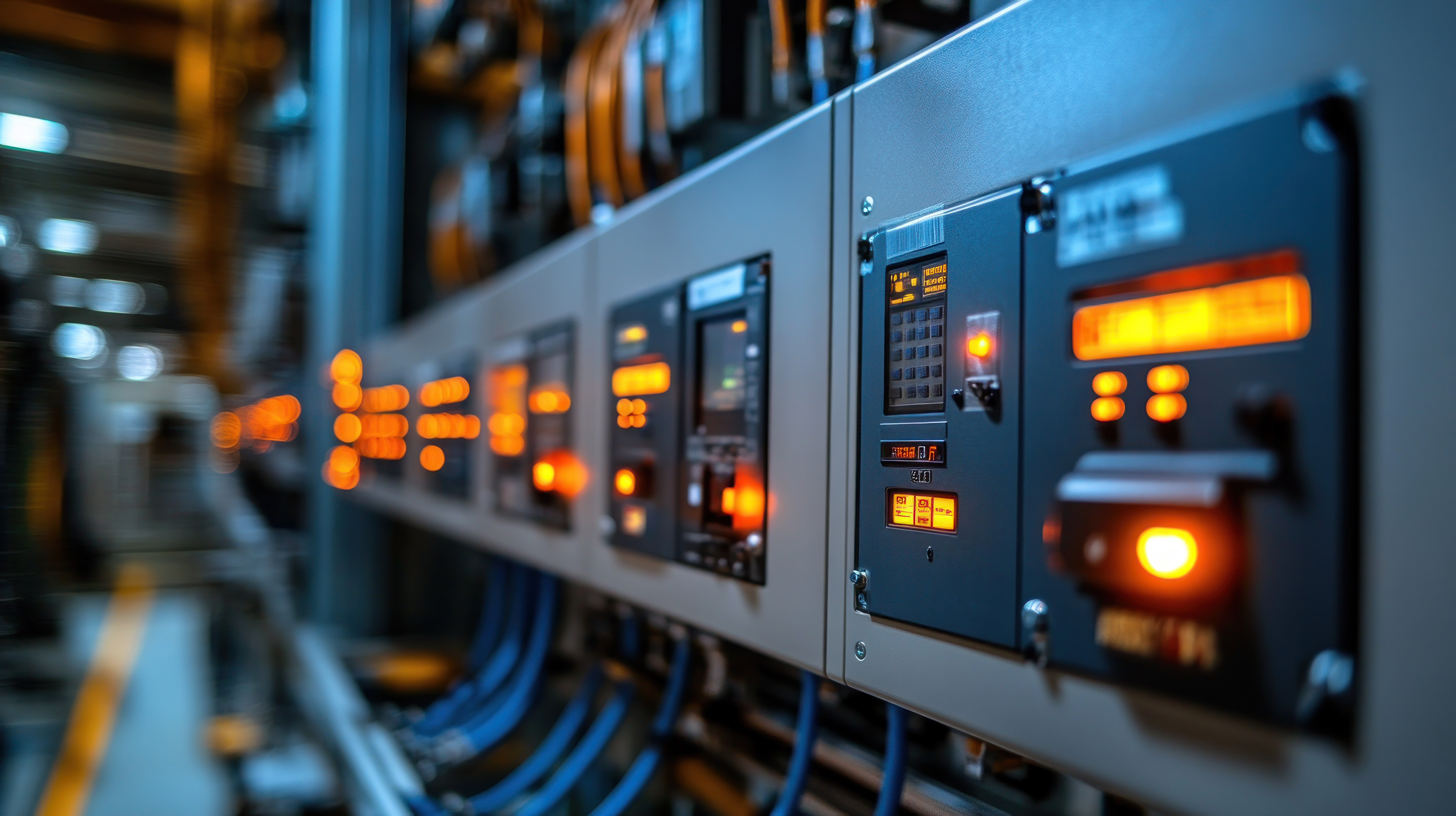Instrumentation cables are the backbone of modern control systems, transmitting low-level electrical signals between devices with precision and reliability. Whether in process control, manufacturing, or defense applications, the right instrumentation cable ensures your equipment communicates accurately and safely.
What Makes Instrumentation Cables Unique
Instrumentation cables are designed to minimize noise, interference, and signal loss. Unlike power cables, they handle small voltage signals where even minor disruptions can lead to inaccurate readings or faulty system behavior.
Common Characteristics
- Shielding: Individual or overall shielding protects signals from electromagnetic interference (EMI) and radio frequency interference (RFI).
- Conductor Material: Copper is the industry standard, chosen for its balance of conductivity, flexibility, and longevity.
- Insulation & Jacketing: Materials such as PVC, XLPE, or Teflon provide different levels of temperature and chemical resistance. The right choice depends on the environment—PVC for general use, Teflon for high heat or chemical exposure.
Shielding Types Explained
- Foil Shielding – Offers 100% coverage and excellent protection from high-frequency noise.
- Braid Shielding – Provides mechanical strength and flexibility for dynamic environments.
- Combination Shielding – Used when high coverage and mechanical durability are both needed.
Pairing and Twisting
Instrumentation cables often feature twisted pairs, which help cancel out electrical noise through balanced signal transmission. In critical systems, individually shielded pairs provide extra isolation between channels.
Applications
Instrumentation cables appear in:
- Manufacturing and assembly lines
- Process control systems
- Oil and gas refineries
- Aerospace and defense test equipment
Selecting the Right Cable
When choosing instrumentation cable, consider:
- Signal Type (analog, digital, low-voltage DC)
- Installation Environment (temperature, moisture, chemical exposure)
- Distance and Routing (longer runs may need heavier shielding or low-capacitance insulation)
Expert Insight
A common mistake is over-specifying cable that exceeds system requirements—leading to unnecessary costs—or under-specifying insulation, resulting in downtime. Imperial Wire & Cable’s specialists help you evaluate both performance and value to ensure a proper match.
Closing Thoughts
A well-selected instrumentation cable contributes to safety, reliability, and accuracy across every level of your system. Partnering with an experienced distributor ensures the right balance of quality, compliance, and cost for each project.
